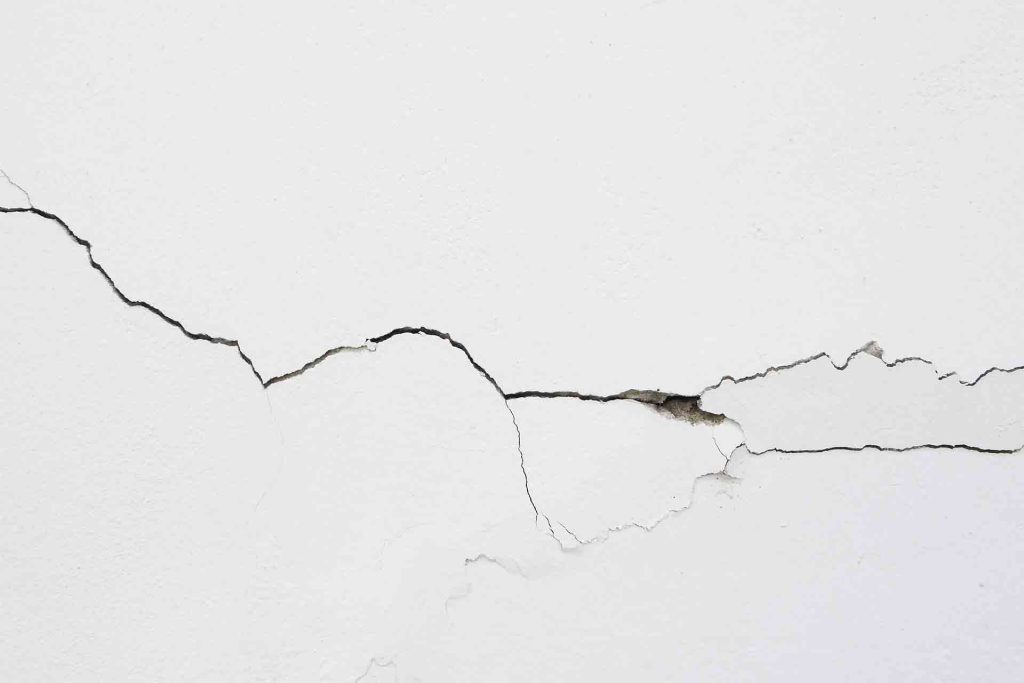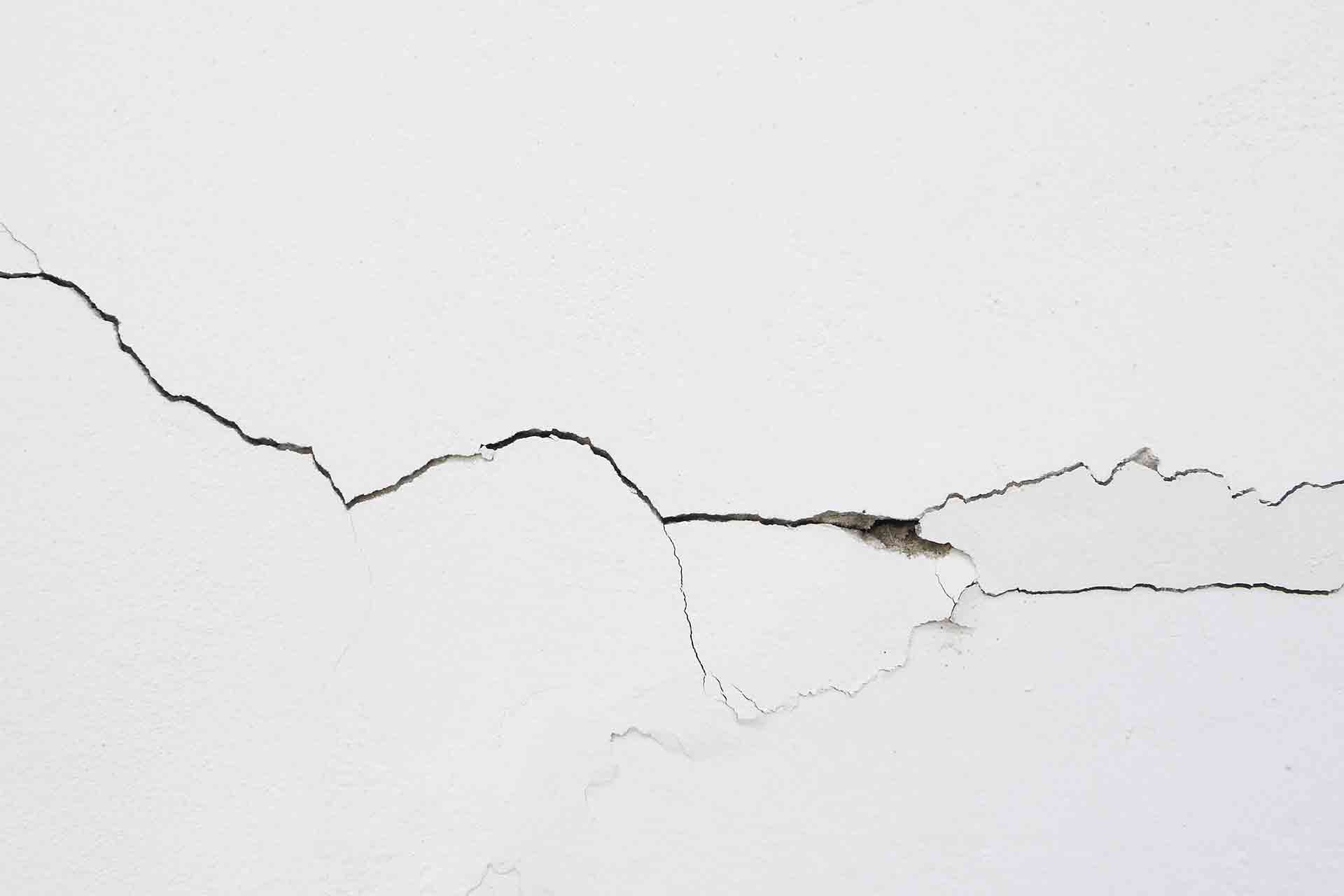Discover the potential reasons behind a puzzling “Crack In Ceiling Causes” and gain insights into addressing this common issue.
Introduction
A crack in the ceiling can be a cause for concern and may leave homeowners wondering about the underlying issues. In this comprehensive guide, we will delve into the various factors contributing to a crack in the ceiling, offering valuable information to help you identify, address, and prevent such occurrences.

Decoding the Culprit: Exploring Crack In Ceiling Causes
Understanding the root causes behind a crack in the ceiling is essential for effective resolution. Let’s investigate the potential factors that may contribute to this common issue.
*1. Structural Settling and Foundation Movements
One of the primary reasons for cracks in the ceiling is the natural settling of a house over time. As the building materials adjust to the foundation’s movements, minor cracks may appear. These cracks are often characterized by a vertical or diagonal pattern.
Solution:
- Monitor the crack for any signs of worsening.
- Consult with a structural engineer to assess the foundation and determine if any corrective measures are necessary.
*2. Temperature and Humidity Fluctuations
Extreme temperature changes and high humidity levels can impact building materials, causing them to expand and contract. This expansion and contraction can lead to stress on the ceiling, resulting in cracks.
Solution:
- Ensure proper ventilation and insulation to regulate temperature and humidity levels.
- Consider using a dehumidifier in areas prone to high humidity.
*3. Water Damage and Leaks: Crack In Ceiling Causes
Water infiltration is a common culprit for ceiling cracks. Leaky roofs, plumbing issues, or even condensation can compromise the integrity of the ceiling material, leading to cracks and stains.
Solution:
- Identify and repair the source of the water leak promptly.
- Repair any water-damaged areas and repaint the ceiling after ensuring it is completely dry.
*4. Poor Construction or Materials
In some cases, poor construction practices or the use of substandard materials during the building process can contribute to ceiling cracks. This is more common in older homes or properties with inadequate construction standards.
Solution:
- Conduct a thorough inspection to identify any construction-related issues.
- Consult with a professional contractor to address structural deficiencies and consider necessary renovations.
*5. Earthquakes and Seismic Activity
Homes in earthquake-prone regions may experience ceiling cracks as a result of seismic activity. The intensity of the shaking can cause structural movements and compromise the integrity of the ceiling.
Solution:
- Implement earthquake-resistant construction measures.
- Conduct regular structural assessments and reinforce vulnerable areas.
Read too: Troubleshooting and Addressing a Water Bubble in Ceiling: Causes and Solutions Revealed
Steps to Address and Prevent Ceiling Cracks
- Regular Inspections: Conduct routine inspections of your home, paying close attention to the ceilings. Address any cracks or signs of deterioration promptly.
- Maintain Consistent Temperature and Humidity: Regulate the indoor climate to minimize extreme temperature and humidity fluctuations. Proper insulation and ventilation play a crucial role in maintaining a stable environment.
- Prompt Water Leak Repairs: Identify and repair any water leaks promptly to prevent further damage. Regularly inspect the roof, plumbing, and windows for potential sources of water infiltration.
- Professional Structural Assessment: If you notice persistent or worsening cracks, consult with a structural engineer for a comprehensive assessment. Implement recommended corrective measures to ensure the stability of your home.
- Use Quality Construction Materials: When renovating or constructing, invest in high-quality materials and adhere to proper construction practices. This minimizes the risk of structural issues leading to ceiling cracks.
Conclusion: Navigating the Solution Path for Ceiling Cracks
In conclusion, a crack in the ceiling can be attributed to various factors, each requiring a specific approach for resolution. By understanding the potential causes and implementing proactive measures, homeowners can effectively address current cracks and prevent future occurrences.
Regular maintenance, timely repairs, and a vigilant eye for signs of structural issues contribute to a stable and secure home environment. Remember, consulting with professionals is crucial for accurate assessments and informed decisions in tackling the root causes of ceiling cracks.
